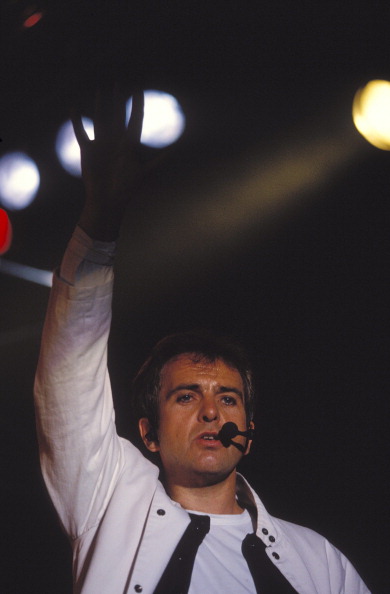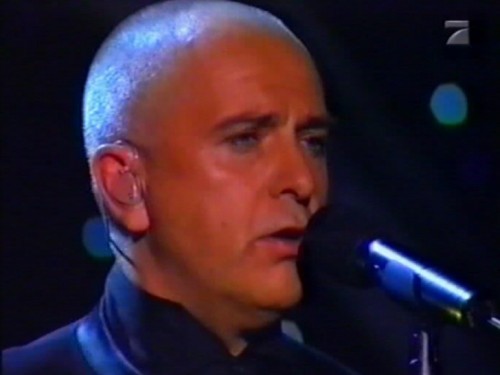Taking Wisdom Where It's Found
Whether you’re Christian, Muslim, Hindu, Buddhist, Jew, agnostic or atheist (or something else altogether), it never hurts to find a bit of wisdom to enhance your life. Whether it’s little nuggets of Eastern philosophy from a book like The Toa of Pooh, the guidance of Richard Carlson’s Don’t Sweat the Small Stuff books (25 million copies sold), or words of sacred texts – so often espoused but so rarely read (or applied) – I find that taking wisdom wherever it’s offered is best.
For the past three years, I’ve been playing piano for a Presbyterian church and have been pleased to learn a great deal despite my not being a Presbyterian or, for that matter, a Christian. No matter. A good message is a good message, and when left in the capable hands of a supremely gifted preacher, all the better.
Two recent lessons in particular jolted me out of my every-day slumber, one from the Hebrew Bible (Old Testament, if you will) and one from the New Testament.
In 1 Kings 17: 7-16, Elijah asks a widow for bread and, after being told that she only has enough flour and oil for her and her son, instructs her to make a small loaf for him first, and then for her and her son. For the remainder of his stay, the flour and oil don’t run out – there’s enough to provide for all three of them.
This could be interpreted a few ways, no doubt, but the story was summarized nicely by Pastor Lyda with the following message: “Entrust what you have to God, and trust that God will provide for you.” If you’d rather leave God out of this, you could say instead, “Entrust what you have to helping others, and trust that what you need will be provided.” Either way, the message is the same: don’t wait until you have “enough” – whatever that means – before you give to others.
This, to me, is huge. It’s very easy to get caught up in the trap of “waiting until…” I’ll wait to give to charity until after I graduate from college. Until after I pay off my student loans. Until after I get out of this shabby apartment. Until after I buy a home. Until after I fill my home with stuff. Until after my wedding. Until after the kids are a little older. Until after we save enough for college (and trust me – you’ll never save enough). Until after I get a promotion. Until after we take our vacation. After, after, after…
In Judaism, even the poorest among us are instructed to give to the needy, and instead of the word charity, Jews use the word Tzedakah, meaning justice or righteousness. In other words, giving to the needy isn’t a good thing to do: it is a moral obligation. It’s easy to delay this moral obligation until everything in your life is going just the way you want it to, but we’ve been told not to fall into this trap. Give. If you can’t give much money, give your time and your kindness. Mentor a child. Teach English to an immigrant. Feed a hungry person or deliver food for Meals on Wheels. Help write a resume for someone looking for work. Play music for hospital patients or senior residents. Clean the linens of a homeless shelter. There is no shortage of needs. If we wait to give until everything is just perfect, we may find that we keep moving the line since perfection is never achieved.
Switching to a different lesson from the New Testament, both Luke 12:34 and Matthew 6:21 state “For where your treasure is, there your heart will also be.” I love this. Wherever we put our time, our effort, our money – that’s where our heart is. To me, this is just another way of saying, “What we do is more important than what we say.” If you put all your energy into following sports, then that’s where your heart is. If you put all your time and effort into your job, then that’s where your heart is. If you find that your efforts aren’t in synch with your heart, it’s probably time to reevaluate your life. And really, that means it’s time for almost all of us to reevaluate our lives, likely on a daily basis.
These two bits of wisdom happen to come from old sacred texts, but they could just as easily have come from a fortune cookie or a Saturday morning cartoon. Doesn't matter as long as you use it and apply it.


